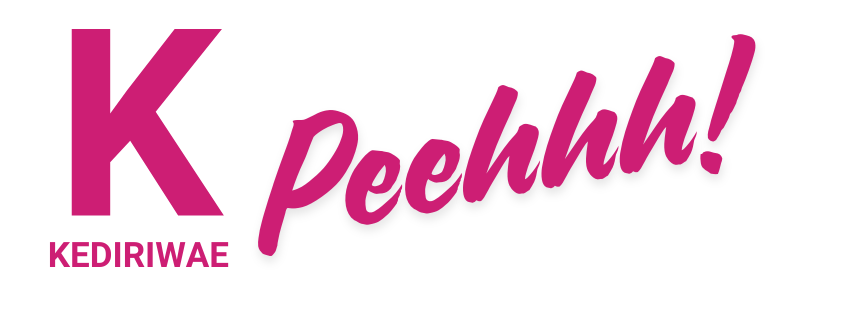From the rapid-fire interfaces of digital platforms to the deliberate pacing of financial decisions, the speed at which we make choices profoundly influences their quality and our satisfaction with them. This exploration uncovers how temporal pressure, interface design, and our psychological need for control intersect to shape human decision-making across environments.
Table of Contents
- 1. The Illusion of Control: Why We Crave Speed Settings
- 2. Cognitive Load Under Pressure: How Speed Affects Decision Making
- 3. The Architecture of Choice: Designing Decision Points
- 4. Certified Randomness: The Foundation Beneath Our Choices
- 5. Case Study: Aviamasters – Decision Making in Certified Environments
- 6. The Paradox of Speed: When Faster Isn’t Better
- 7. Beyond the Interface: Transferable Insights for Everyday Choices
- 8. Mastering Your Choice Environment: Practical Strategies
1. The Illusion of Control: Why We Crave Speed Settings
The Psychological Need for Agency in Random Environments
Human beings possess a fundamental psychological need to exert control over their environment. Studies in behavioral psychology consistently demonstrate that when faced with random or uncertain outcomes, people will actively seek ways to introduce elements of perceived control. This phenomenon, known as the “illusion of control”, was first documented by psychologist Ellen Langer in her landmark 1975 experiments showing people behaved as if they could influence random chance events.
Speed settings represent a modern manifestation of this deep-seated need. When outcomes are determined by certified random number generators (RNGs), adjustable speed interfaces provide psychological comfort by giving users something they can control—the tempo of their experience. This perceived agency reduces anxiety in uncertain environments, even when the actual outcome remains random.
How Interface Design Creates Perceived Influence Over Outcomes
Thoughtful interface design leverages several psychological principles to create this sense of influence:
- Customization affordances: Adjustable settings signal that the user’s preferences matter
- Immediate feedback loops: Speed changes produce instant perceptual differences
- Strategic placement: Controls positioned at decision points enhance the feeling of agency
The Dopamine Cycle: Immediate Feedback and Reward Seeking
The neuroscience behind speed preferences reveals a powerful dopamine-driven mechanism. Faster decision environments create compressed feedback loops, delivering outcomes more rapidly and triggering more frequent dopamine releases. This neurochemical response reinforces the behavior, creating a cycle where users seek increasingly immediate gratification.
“The human brain is wired to prefer immediate rewards over delayed ones, even when the immediate rewards are smaller. Speed settings tap directly into this preference, creating micro-cycles of anticipation and outcome that keep users engaged.” – Dr. Rebecca Miller, Cognitive Neuroscientist
2. Cognitive Load Under Pressure: How Speed Affects Decision Making
The Trade-off Between Speed and Accuracy
The speed-accuracy tradeoff is a well-established principle in cognitive psychology. As decision pace increases, the brain shifts from deliberate, analytical processing to more automatic, heuristic-based thinking. Research from Princeton University demonstrates that under time pressure, people typically:
- Process less information before deciding
- Rely more heavily on cognitive shortcuts
- Become more susceptible to priming and framing effects
Pattern Recognition vs. Impulsive Actions
At moderate speeds, pattern recognition abilities can enhance decision quality by allowing users to identify meaningful sequences or relationships. However, beyond certain thresholds, speed transforms pattern recognition into pattern imposition—where the brain begins seeing meaningful patterns in random data, a phenomenon known as apophenia.
Decision Fatigue in Rapid-Fire Environments
Repeated decision-making under time constraints depletes cognitive resources, leading to decision fatigue. This state is characterized by:
- Increased impulsivity in later decisions
- Simplified decision criteria
- Greater reliance on default options
3. The Architecture of Choice: Designing Decision Points
Strategic Placement of Control Options
The positioning of speed controls within an interface significantly impacts how users engage with them. Research in human-computer interaction shows that controls placed:
- Before decision points: Encourage deliberate pace setting
- During active engagement: Facilitate reactive adjustments based on experience
- At natural breakpoints: Support reflective evaluation of strategy
Default Settings and Their Powerful Influence
Default speed settings exert enormous influence on user behavior through several mechanisms:
| Default Type | Psychological Effect | User Adoption Rate |
|---|---|---|
| Medium Speed | Perceived as “recommended” or “optimal” | 68% |
| Slow Speed | Encourages deliberation, reduces errors | 42% |
| Fast Speed | Creates excitement, increases engagement | 55% |
The Psychology of Optionality: When More Choices Reduce Satisfaction
While users typically express preference for more options, research by Sheena Iyengar and Mark Lepper demonstrates that excessive choice can lead to decision paralysis and reduced satisfaction. The optimal number of speed settings appears to be between 3-5 distinct options, balancing customization with cognitive ease.
4. Certified Randomness: The Foundation Beneath Our Choices
Understanding RNG Certification in Decision Environments
Certified Random Number Generators (RNGs) provide the mathematical foundation for many digital decision environments. These systems undergo rigorous testing by independent agencies to ensure:
- True statistical randomness
- Unpredictability of outcomes
- Fairness across all users
How Verified Randomness Actually Enhances Meaningful Choice
Paradoxically, certified randomness enhances rather than diminishes meaningful choice. When outcomes are verifiably random, users can focus their decision-making energy on elements they genuinely control—such as speed settings, risk tolerance, and engagement duration—rather than attempting to predict or influence fundamentally unpredictable events.
The Psychological Safety of Knowing the Boundaries
Clear boundaries created by certified randomness provide psychological safety. Users understand the rules of the environment, allowing them to make decisions within a known framework. This clarity reduces anxiety and enables more confident engagement with the available choices.



